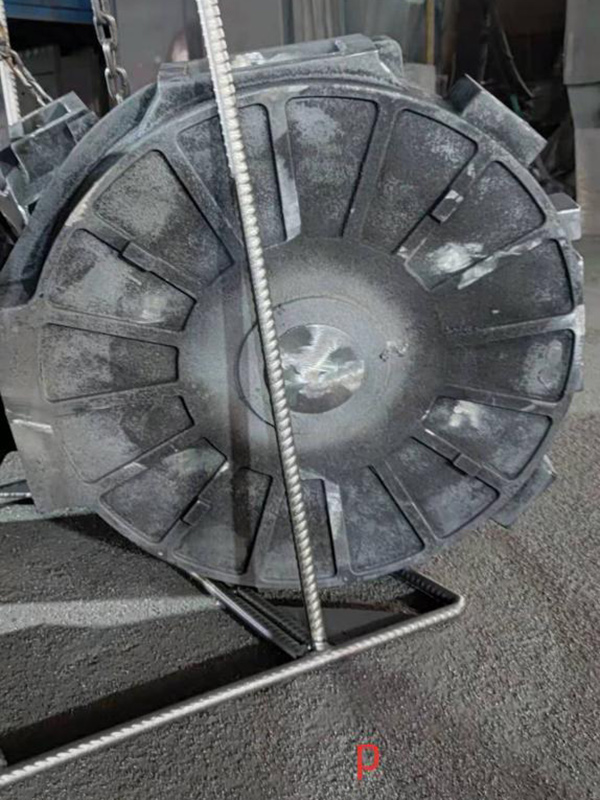Understanding the Importance of Sand in Sand Casting
Sand casting is one of the oldest and most versatile manufacturing processes used to create metal components. This method involves pouring molten metal into a mold made of sand, allowing it to solidify into the desired shape. Understanding the types of sand used in this process is crucial for optimizing production, enhancing quality, and improving the efficiency of the casting process.
Understanding the Importance of Sand in Sand Casting
In addition to silica sand, the properties of sand can be manipulated with the addition of binders and additives. Binders are essential in maintaining the structural integrity of the mold. Common binders include clay, which helps to improve the cohesion of the sand particles. The addition of water activates the clay, allowing the sand to hold its shape better and preventing the mold from breaking apart during the pouring process.
sand used for sand casting

Another important aspect of sand casting is the choice of sand grain size. Fine sand grains produce smooth surface finishes, which is desirable for many applications. On the other hand, coarser sand can provide better permeability, allowing gases to escape during casting and reducing the risk of defects such as porosity. Therefore, the selection of sand grain size must be carefully balanced based on the specific requirements of the casting.
The preparation of sand is also a critical step in the sand casting process. Used sand from previous castings can be reclaimed and reused, thereby reducing costs and environmental impact. However, the reused sand must be carefully treated to remove impurities and restore its binding properties. This makes the sand preparation process vital in maintaining the quality of the finished product.
Temperature control is another factor influenced by the type of sand used. Sands with low thermal conductivity help to retain heat in the mold, allowing the molten metal to solidify more slowly and evenly. This can reduce thermal stresses and minimize defects in the final casting.
In conclusion, the sand used in sand casting is not merely a filler material; it is a vital component that impacts every aspect of the casting process. From the choice of silica sand to the incorporation of binders and the preparation of the mold, each factor must be considered to optimize the final product. Understanding the importance of sand in sand casting not only enhances the quality of castings but also contributes to more efficient manufacturing processes, making it indispensable in various industries. As technology advances, further innovations in sand materials and casting techniques will continue to shape the future of manufacturing.
Post time:Ira . 11, 2024 02:51
Next:SuperSands - Premium Quality Sand for All Your Needs
